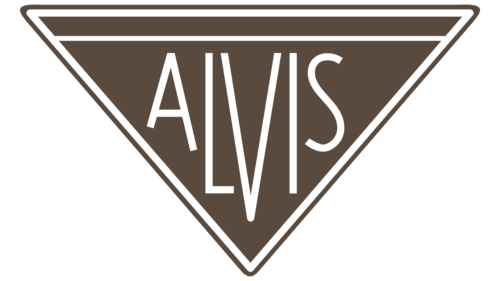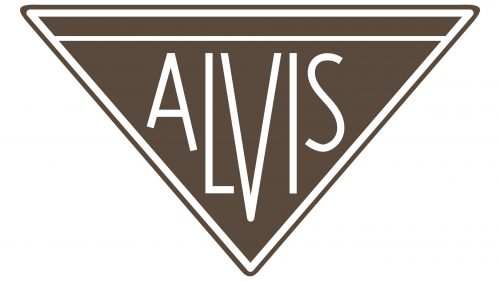Alvis: Brand overview
The history of Alvis dates back to 1919 when Thomas George John laid it down in Coventry, England. Initially, the company focused on the production of high-end passenger cars and aircraft engines, paving the way for its legacy of automotive and aviation advancements.
Throughout the following decades of the 1920s and 1930s, Alvis earned a well-deserved reputation for producing exquisite sports sedans and race cars, among which the Silver Eagle model was particularly notable. However, the outbreak of World War II forced Alvis to refocus production on wartime needs, and the company began building military vehicles, including tanks, armored cars, and aircraft components.
After the war, Alvis returned to its automotive roots and began producing various car models, such as the TA 14 and the TC 108/TE 21 sports cars that became widespread in the 1950s. Despite these successful models, the company began to lose ground in the competitive automotive market, which eventually led to its acquisition by Rover in 1965. Thus, by 1967, Alvis’ journey as an independent automobile manufacturer was over.
However, the Alvis story did not end there, as the company remained a subsidiary specializing in the production of military vehicles. It was later incorporated into the corporate structure of British Leyland and Alvis plc, which continues to operate today.
Alvis produced some 70,000 cars in its nearly half-century of existence, an important chapter in the annals of the automobile industry. Although car production ceased in 1967, Alvis continued to live on with a focus on military production.
Meaning and History
1919 – 1967
The British company, which produced various types of cars in the first half of the XX century, chose a serious logo. The logo has the shape of an isosceles triangle pointing downward. A horizontal line at the top separates the unique text. The letters are of different sizes: the longest one is in the middle, and the shortest ones are on the sides. The name is typed in a sans-serif font. The letters, or glyphs, are thin, smooth, and uppercase. They are colored white and stand out well on the brown background.
The downward-pointing triangle creates a sense of stability as if it were rooted in the ground. The different sizes of the letters make the eye move from the outer edge to the center, allowing you to focus on the name. White letters on a brown background are like vanilla ice cream on a chocolate cake, two things that just go well together. It’s simple but shows that this company knows what it’s doing.





